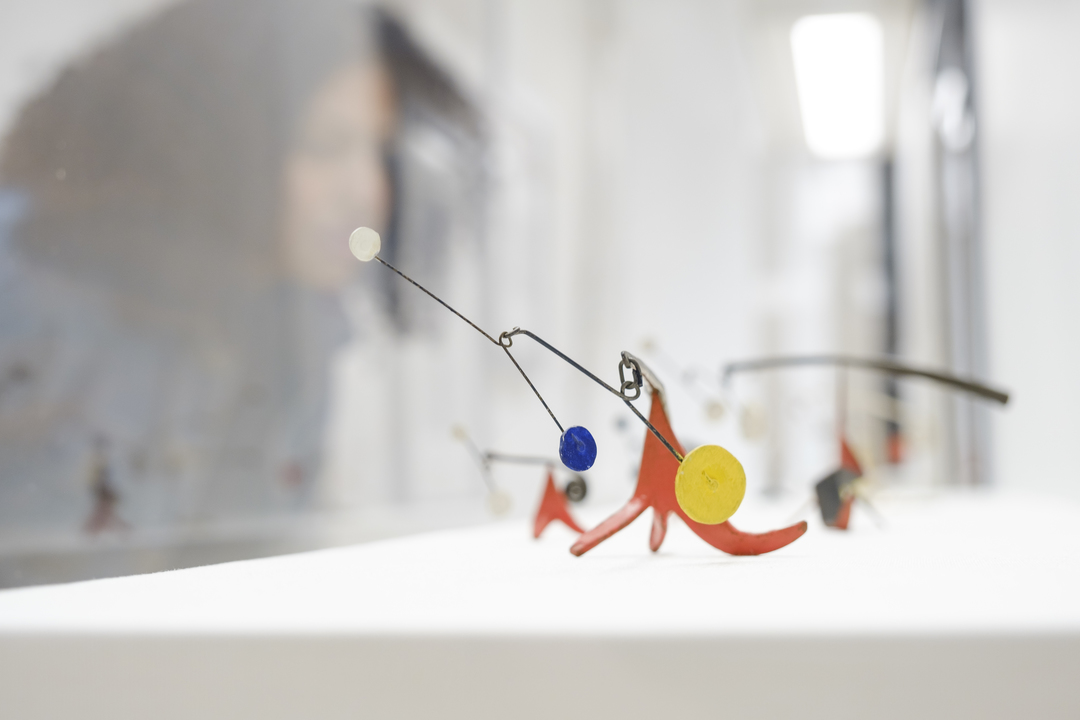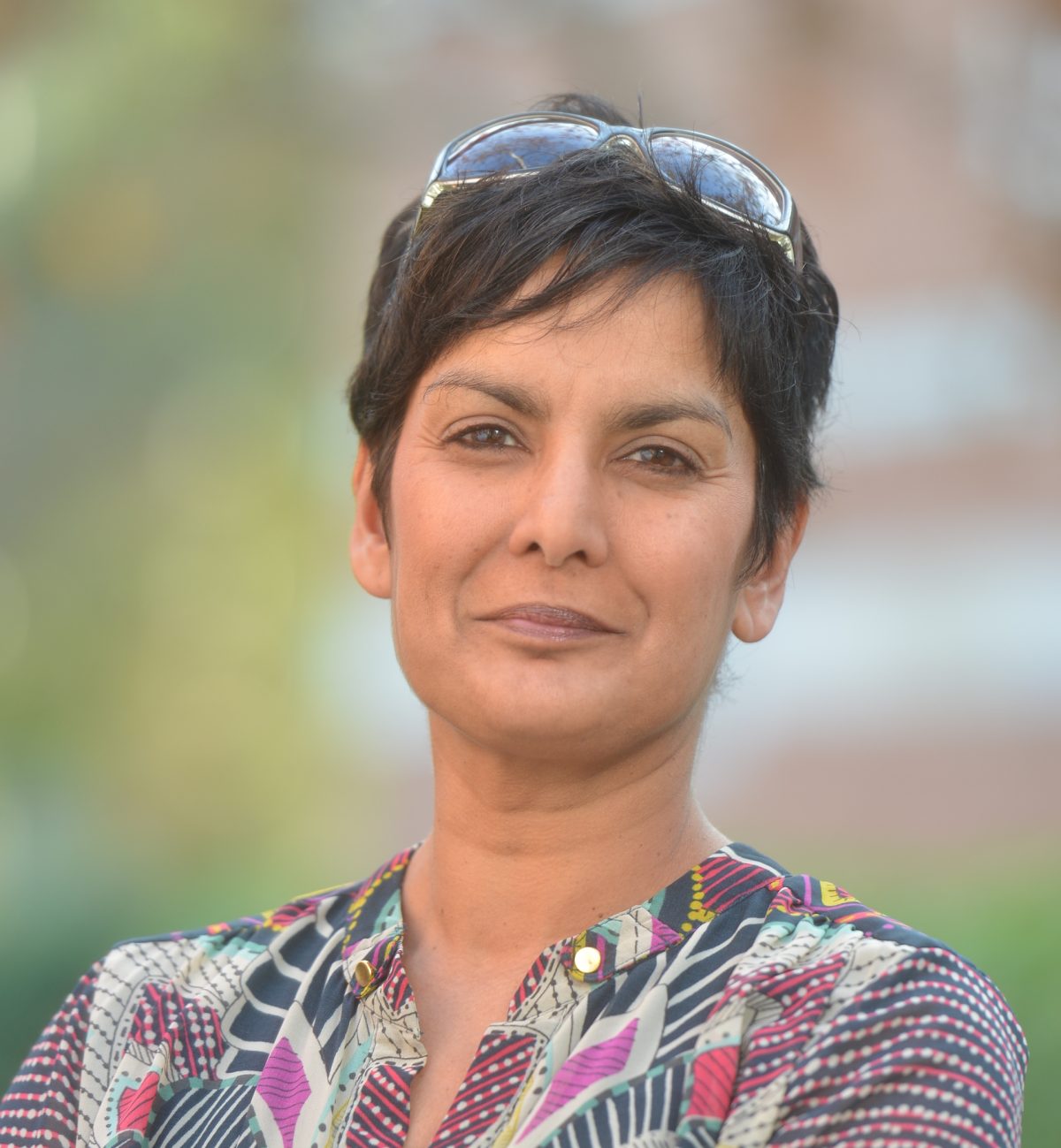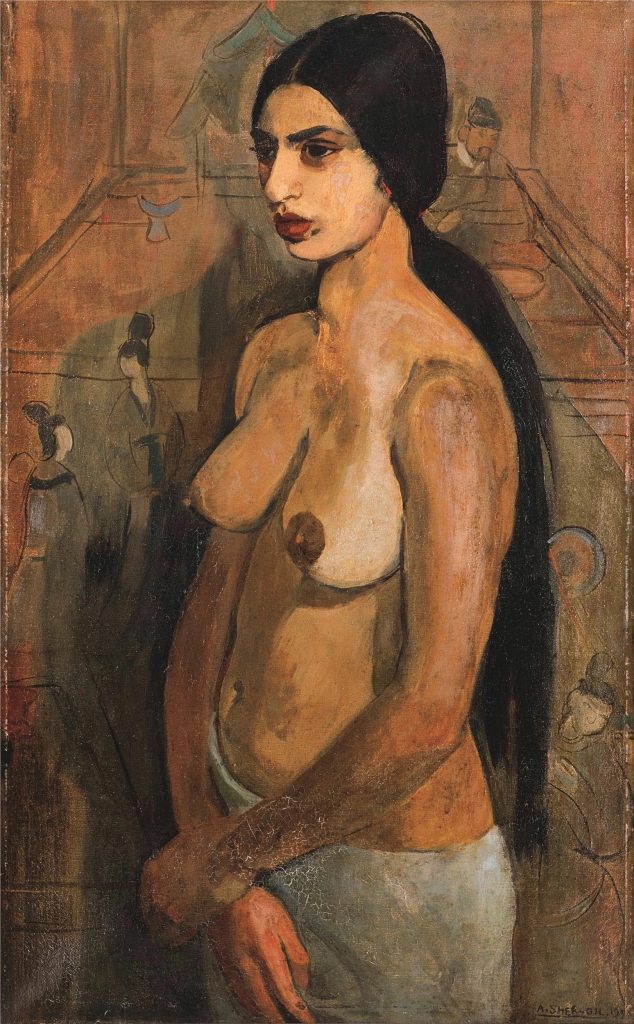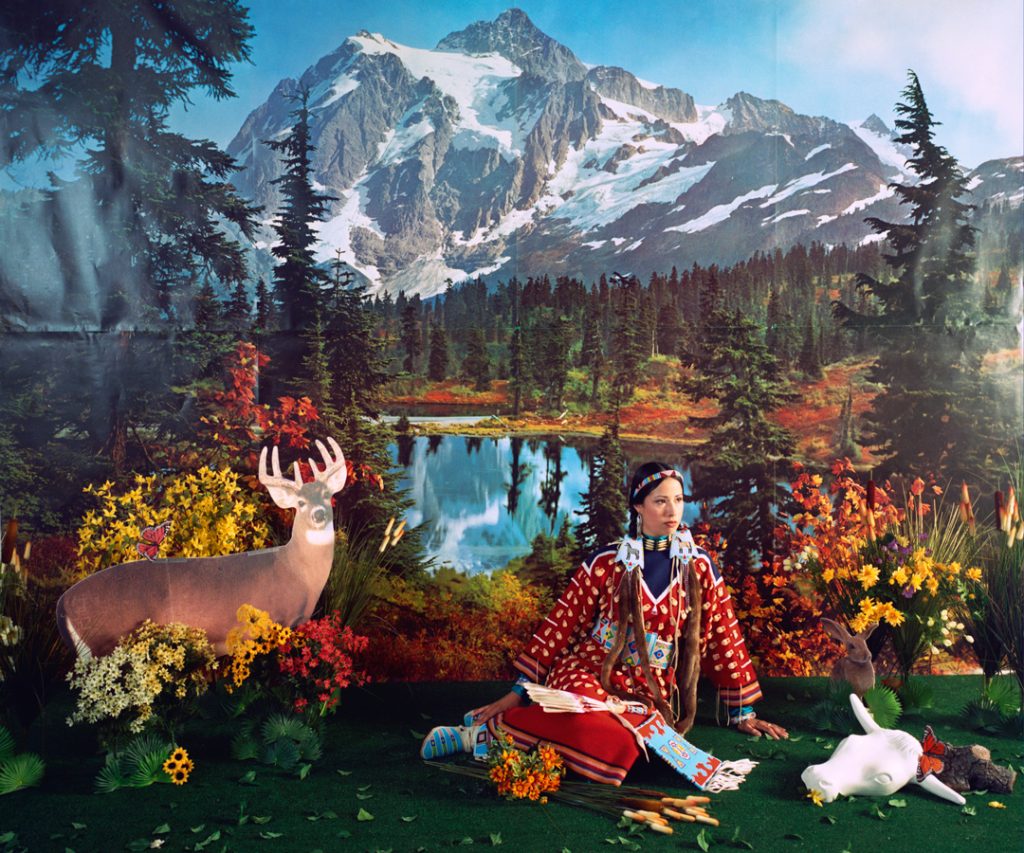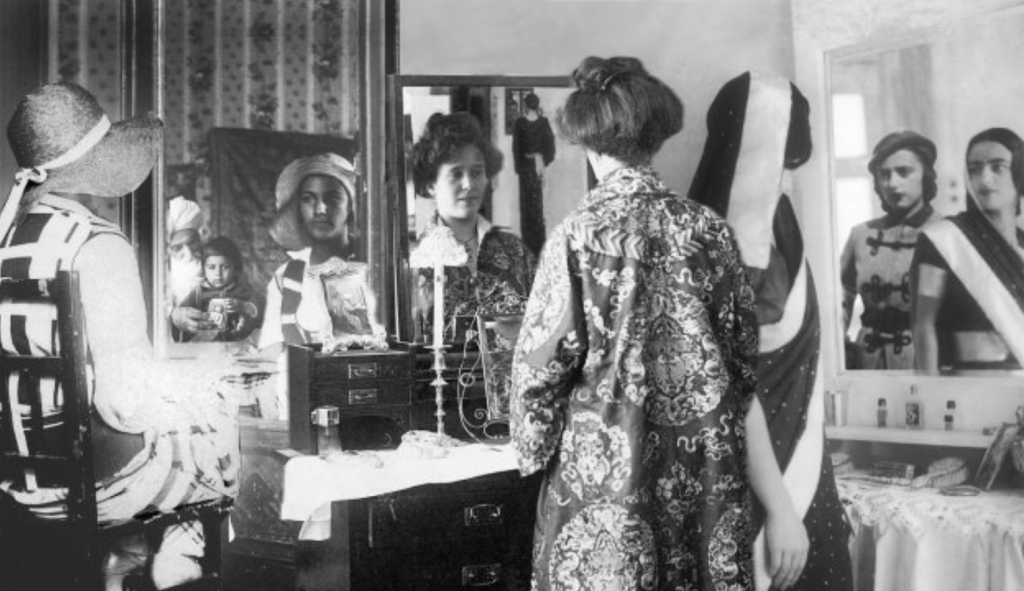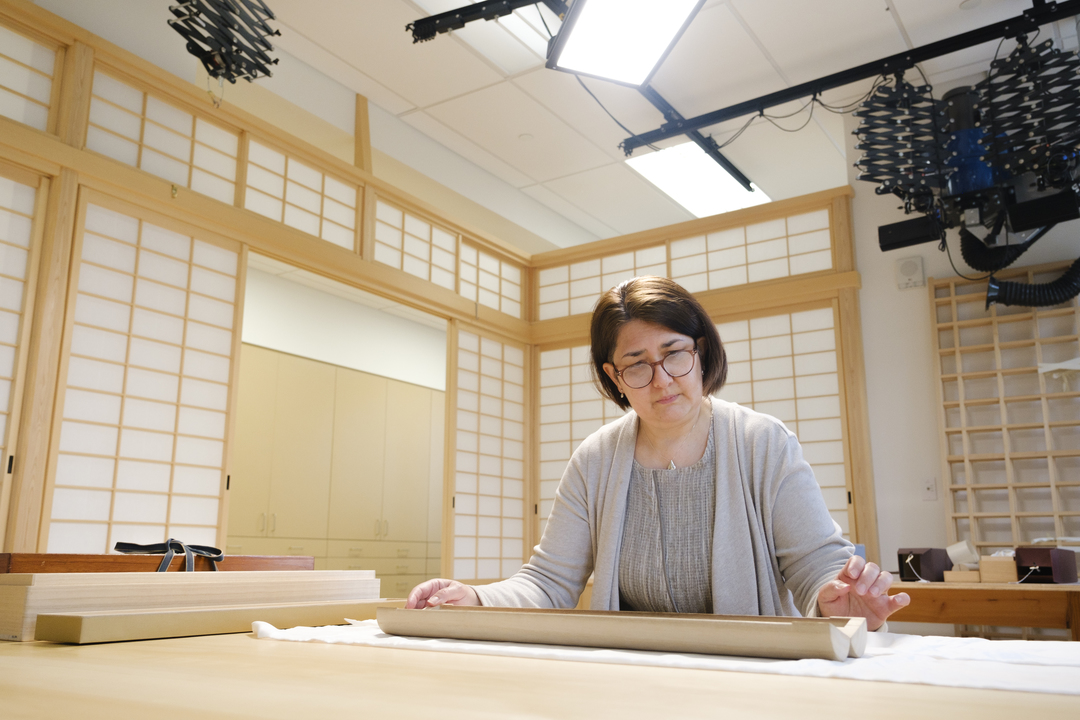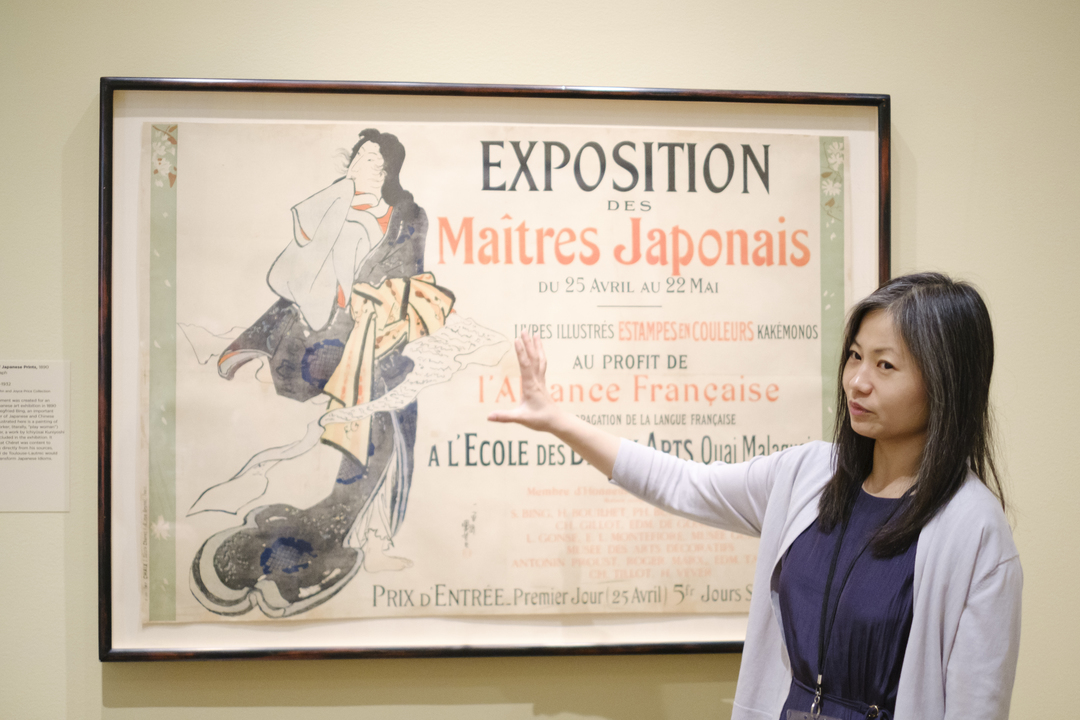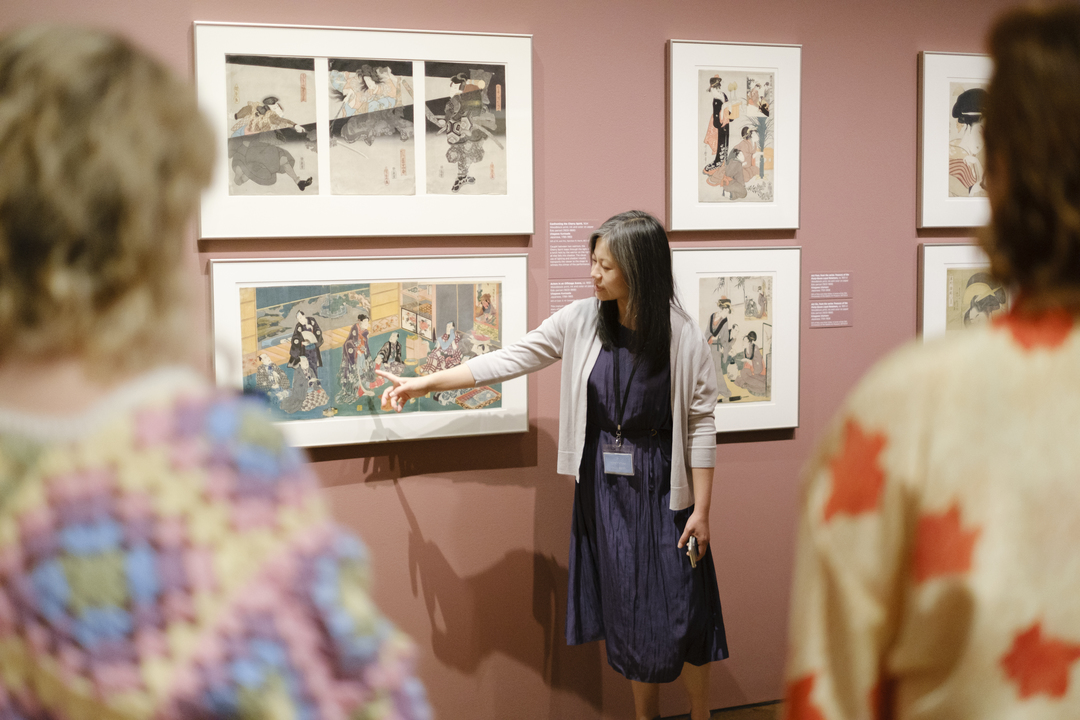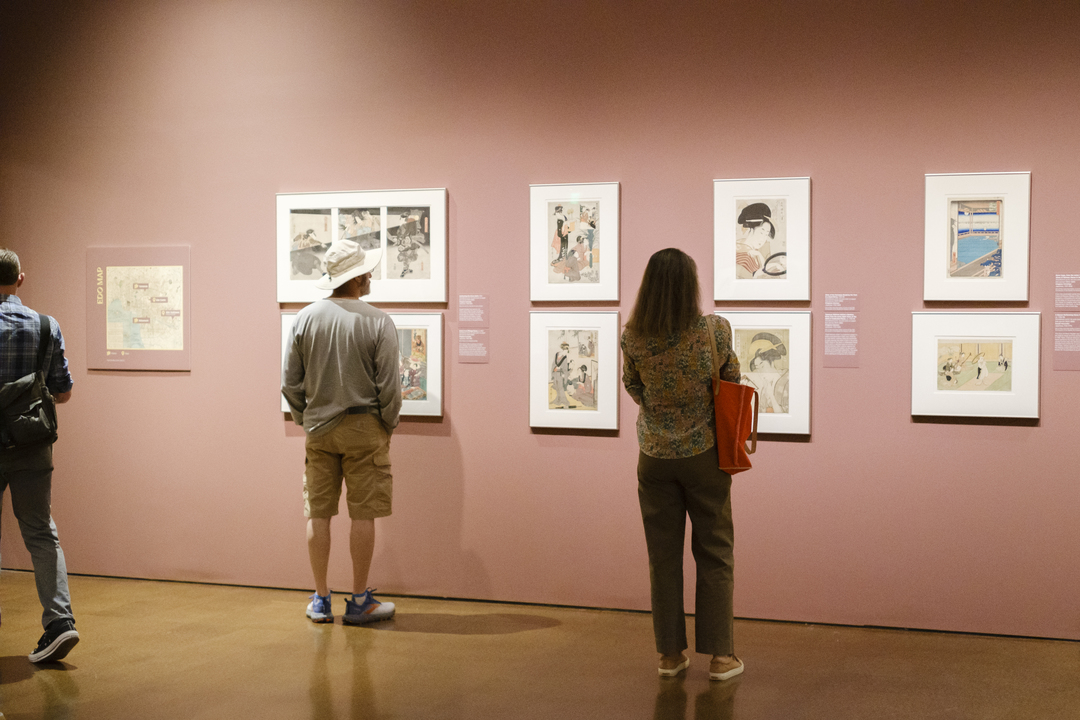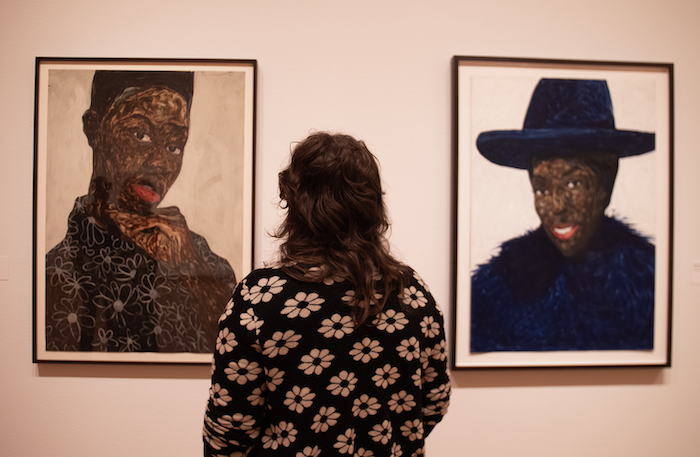Muse/News: Spotting Calder, The Other Curtis, and Smith’s Curation
SAM News
“Seattle Art Museum Becomes the Alexander Calder Destination with Shirley Family Collection”: Chadd Scott of Forbes tells you everything you need to know about Calder: In Motion, The Shirley Family Collection and the future of Calder exploration at SAM.
“By any standard, Calder is an essential. He’s one of the few artists who most people have seen, even if they don’t know it, or his name. They’ve seen his work on the street or in a museum or in a book or on TV. And once introduced, they’ll never forget it–‘oh, that’s a Calder!’”
Ann Binlot of Galerie highlighted the journey of Jon Shirley’s collecting of Calders.
“‘He created a whole new art form,’ said the collector. ‘He created sculpture that’s open to hang in space and incidentally move. There’s just something about how my brain works that I really enjoyed being with the works.’”
José Carlos Diaz, exhibition curator and Susan Brotman Deputy Director for Art, appeared on New Day NW to fill host Amity Addrisi in on this exciting moment at SAM when you can see both Hokusai: Inspiration and Influence and Calder: In Motion.
And at the Seattle Asian Art Museum, you’ve got just two weeks left to see Renegade Edo and Paris! Here’s Bob Knetzger for Boing Boing’s take on the prints exhibition.
“It’s a real treat to get to see up close the amazingly precise and exquisitely small Japanese woodcuts—and have them right next to the GIANT lithographed posters advertising Parisian shows and entertainers.”
Local News
The Seattle Times’ Tat Bellamy-Walker—along with videographers Kevin Clark & Lauren Frohne—sits in on a rehearsal of the Jafra Dabke Team, a Seattle-based Palestinian dance group, who performed at LANGSTON this weekend as part of a cultural education and community event.
“Ties that bind”: Shannon M. Lieberman for Oregon ArtsWatch on a new gallery show of works by Omak, Washington-based Joe Feddersen.
Knute Berger and Stephen Hegg revisit an earlier Mossback Northwest episode, “The Other Curtis Brother,” examining the regional photographer Asahel Curtis. It turns out that the episode generated many new Curtis finds from the public, which the Washington State Historical Society is working to digitize.
“The digitization is going well but slowly, Berger reports: ‘They can do about a hundred images a day.’ But amazing discoveries are being made already: ‘They’re finding everything from news photos [to] promotional photos of landscapes, pictures of all kinds of people in all walks of life.’”
Inter/National News
Via Brian Boucher of Artnet: “Help! 7 Times People Got Trapped Inside Artworks—Whether by Choice or by Accident.”
“Meet the African Artists Driving a Cultural Renaissance”: Dive into this New York Times multimedia project by Abdi Latif Dahir and Veronica Chambers, part of a larger series on “how Africa’s youth boom is changing the continent, and beyond.”
ARTnews’ Alex Greenberger on the National Gallery of Art’s exhibition of contemporary Native art, “organized with grace” by the artist Jaune Quick-to-See Smith. (Hot tip: you can see Smith’s dazzling retrospective at SAM next spring!)
“[The exhibition] proves that Native American artists cannot be pigeonholed into one aesthetic—or even one medium—and that their output has taken up the painful remnants of colonialism via a range of subjects. Smith’s exhibition also demonstrates that the struggle for land rights continues to impact not just the objects these artists make, but their outlook on the world as well.”
And Finally
Still digging in the archives thanks to the Calder Foundation: “Sculpture and Constructions, 1944 by Herbert Matter.”
– Rachel Eggers, SAM Associate Director of Public Relations
Image: Installation view of Calder: In Motion, The Shirley Family Collection, Seattle Art Museum, 2023, © 2023 Calder Foundation, New York / Artists Rights Society (ARS), New York, photo: Alborz Kamalizad.
